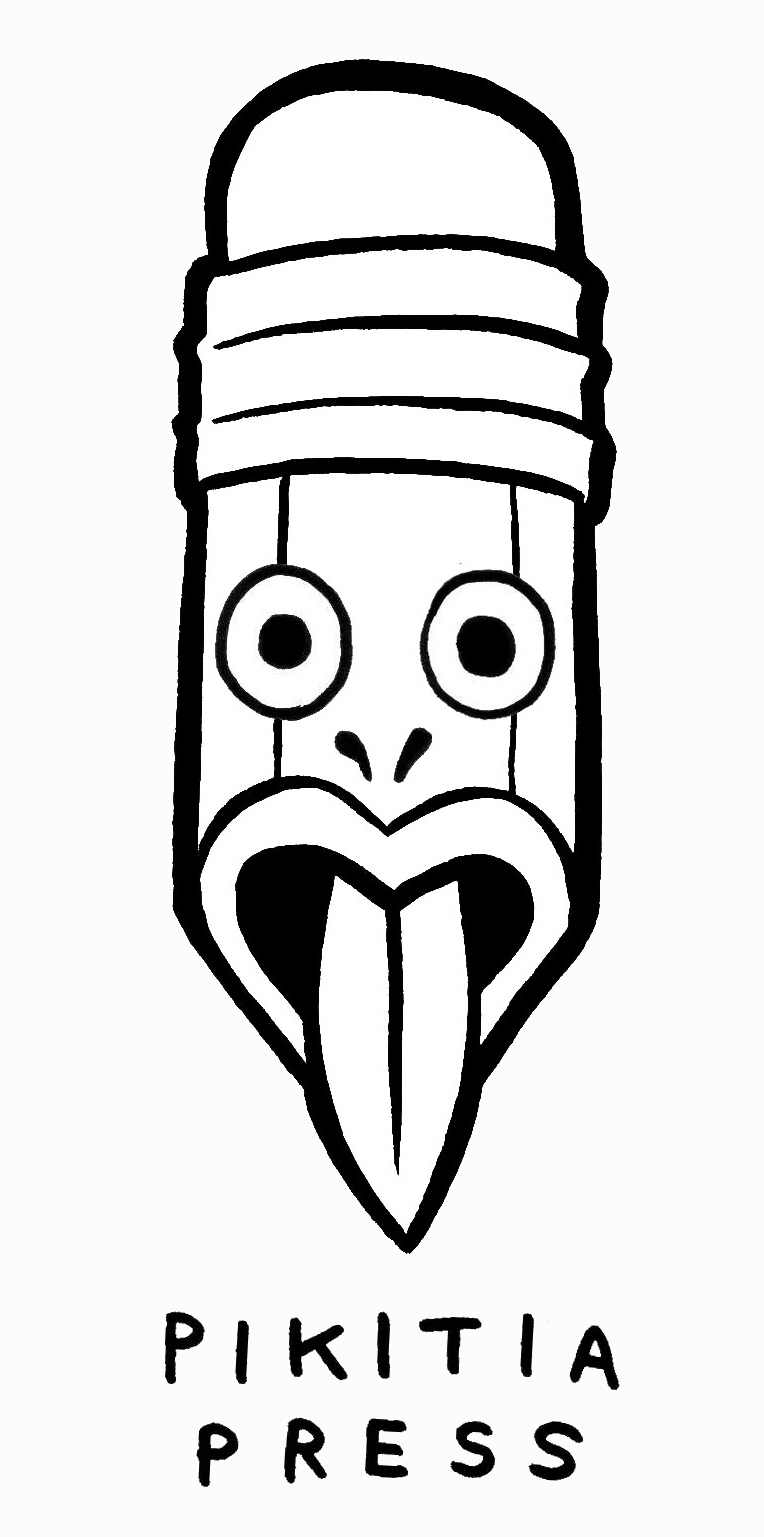Cream album Disraeli Gears, Art by Martin Sharp and Robert Whitaker
Australian artist, cartoonist, songwriter and film-maker Martin Sharp was born today in 1942. From 1963–65, Sharp was the art director and a major contributor to Oz Magazine one of the strongest examples of local satire and topical coverage in 1960's Australia. Oz ceased publication after editors Richard Neville, Richard Walsh and Sharp were charged and convicted of contravening obscenity laws over two trials. Their convictions were eventually overturned.
After the trials the three Oz collaborators made their ways separately to England where a chance encounter with Eric Clapton at London nightclub The Speakeasy led to Sharp co-writing the Cream song Tales of Brave Ulysses and also creating cover art for two Cream albums.
Sharp later shared a residency with Clapton and numerous artists of many disciplines including Phillipe Mora, Germaine Greer and Robert Whittaker. When Richard Neville arrived in London, in collaboration with Sharp and Felix Dennis they set up London Oz which proved more controversial than their previous magazine.
During this period Sharp's work on Oz and collaborations with Cream brought him renown as an artist and he also produced many posters of musicians including Jimi Hendrix, Bob Dylan and Donovan.
The entire run of the Australian Oz magazine is digitised and available to read at the University of Wollongong site.
Martin Sharp Remembered by Sylvia Chan at the Sydney Standard.
Below: Martin Sharp cartoons from Oz magazine.


















































